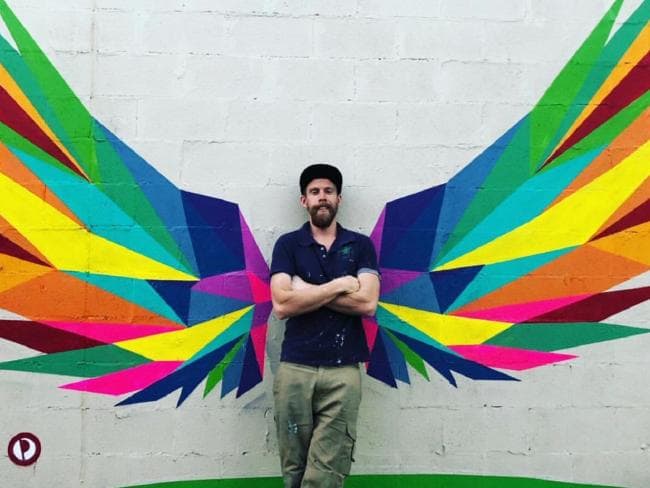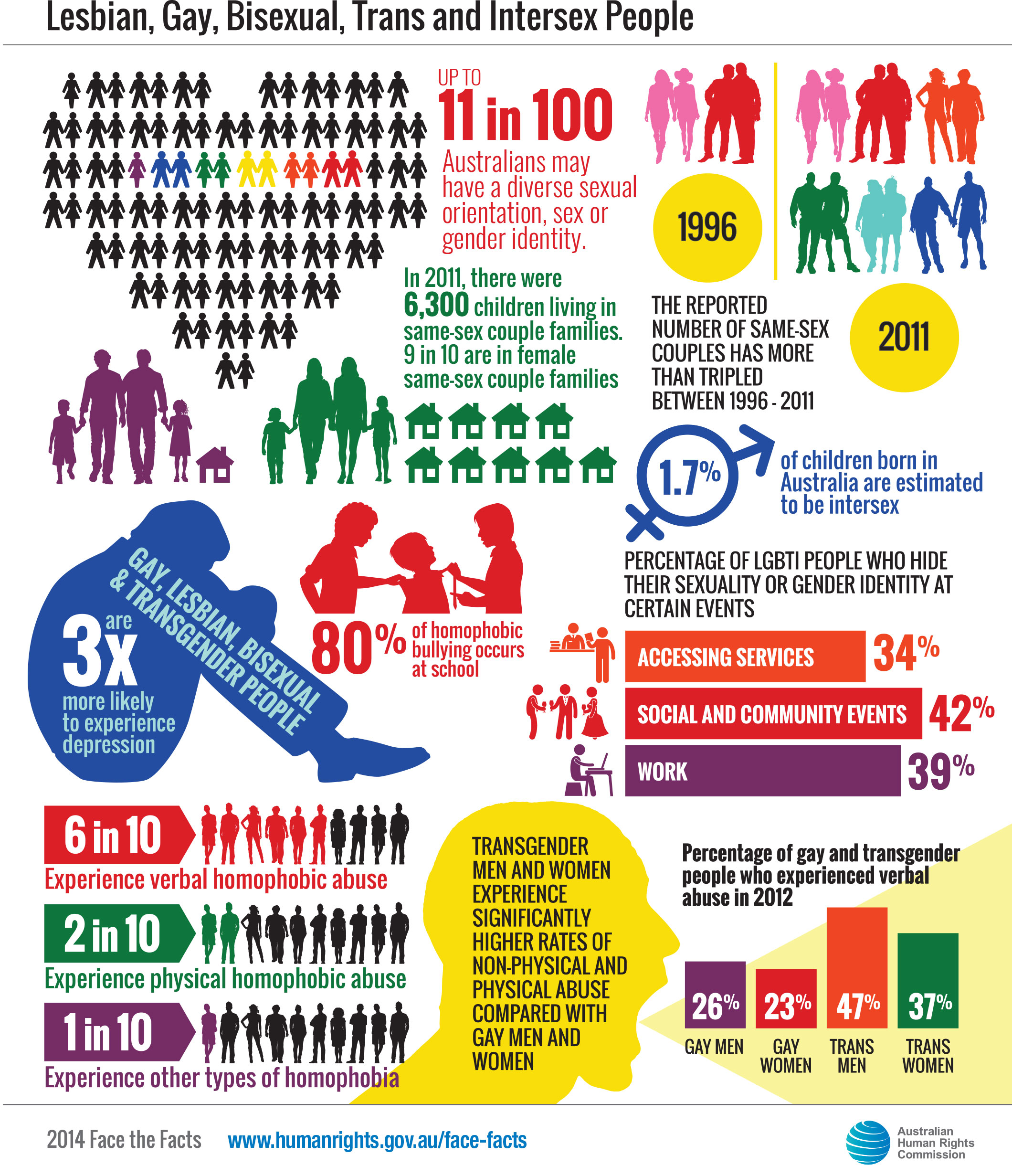Non-Binary Gender - why not make this the new norm?
I’m not normally a fan of Susie (see article below), but I think she is halfway there on this one.
I must admit, the notion of non-binary gender is something I have only recently heard about as a new “category”, but it fits with what I have thought for a long time. The fact is we no longer define gender as strictly as we used to and it is now okay for men to be “feminine” and woman to be “masculine”, to whatever degree they want to be.
To me non-binary gender makes a lot of sense, and, rather than be a category, I can’t see why it can’t become the new norm.
Why should anyone have to strictly define themselves as male or female, just let everyone be who and whatever they want to be, dress however they want to dress, love whoever they want to love, without having a strict category that makes them normal or abnormal. The lines of the modern world are blurring, and why not take advantage of it, and just let people be people.
Just because two people are of the same sexuality and one is attracted to the other, doesn’t mean the other person has to be attracted back. To me this makes sexuality redundant. People are attracted to each other or not, they either want to have a relationship or not. That is their prerogative, they don’t need a category for that to happen.
Love is love.
It is only hate that needs categories.

SUSIE O’BRIEN
Susie O’Brien: No problem with gender-neutral pronouns
Susie O’Brien, Herald Sun
August 2, 2018 3:29pm
Subscriber only
THE State Government doesn’t just want its workers to celebrate “They Day”, but even suggests gender-neutral pronouns such as “zie” and “hir” could be used.
The “They Day” video that is causing so much commotion today is just one small part of a raft of gender and sexuality inclusive measures brought in by the Victorian Department of Premier and Cabinet.
They Day is a move to get workers to use “they” and “them” instead of “he” and “she” for people who are gender diverse.
‘THEY DAY’ CAMPAIGN TO REPLACE ‘HE’ AND ‘HER’
KINDERGARTEN KIDS TO LEARN ABOUT GENDER EQUALITY

Participants at a pride parade. Picture: AFP Photo/Pau Barrena
But did you know the Department’s Inclusion plan also includes Intersex Awareness Day, Transgender Day of Remembrance, World Aids Day and IDAHOBIT Day?
In case you haven’t heard of it, IDAHOBIT Day is the International Day Against Homophobia, Biphobia, Intersex and Transphobia.
The plan also suggests that staff should be encouraged to take part in the 2018 Midsumma Carnival and 2018 Pride March, organise a volunteering day at an LGBTI community organisation and release a guide for trans employees who are transitioning at work.
There are also staff events for Wear it Purple Day and the Transgender Day of Remembrance.
Before you see this as evidence of the world gone mad, or the rise of crazy political correctness, think again.
Most of these initiatives have been in place for some time and haven’t involved anyone other than those who want to be involved.
TICK OF APPROVAL FOR EQUALITY POLICIES

A raft of gender and sexuality inclusive measures are being introduced by the Victorian Government.
As far as I am concerned, if State Government employees want to be known as “they” instead of “he” or “she”, then their views should be respected. If they want to be known as “zie” or “hir”, then they should be.
It’s just a small move but can make a world of difference to people who are intersex or transgender.
But these terms and measures shouldn’t be a blanket move imposed on the vast majority of people who are happy to be identified as either male or female, or he and she.
The risk is that some of these moves may put off people who are otherwise predisposed to be supportive of sexual diversity.
They shouldn’t be implemented so as to alienate those who are part of the broad majority.
Most people are generally accepting of the need to include and support gay, lesbian, trans, bisexual, gender diverse and intersex people in workplaces.

Artist Paul Sonsie with his Pride Cup mural in Yarra Glen.
The state government also has a sexual orientation terminology guide, which defines terms such as “gender diverse and non-binary”, “brotherboys” and “sistergirls” and “cisgender”.
To be honest, most of it is helpful and pretty mainstream. It suggests people use terms like “partner” rather than “husband” or “wife” and asks them not to assume that anyone with kids is automatically heterosexual.
It also notes that terms like “■■■■” and “■■■” may be used to LGBTI people themselves but can be derogatory when used by others.
As long as it’s not rammed down the throats of workers, or used to ostracise the vast majority of people who are heterosexual and have a clear gender identity, I can’t see what’s wrong with these measures.
“They Day” and “hir” and “zie” aren’t my cup of tea, but they don’t need to be.
https://www.heraldsun.com.au/news/opinion/susie-obrien/susie-obrien-no-problem-with-genderneutral-pronouns/news-story/34e3f5cfb18eb27c498ccbf5278f82e9




